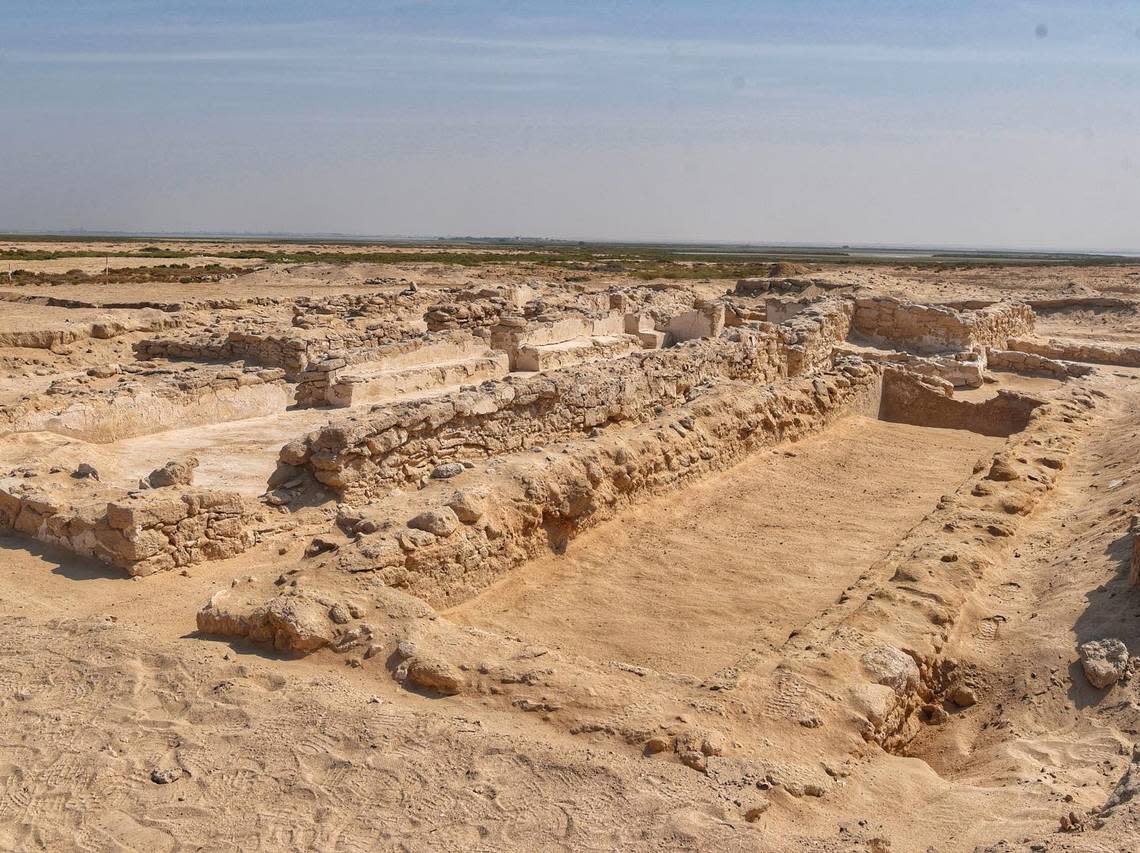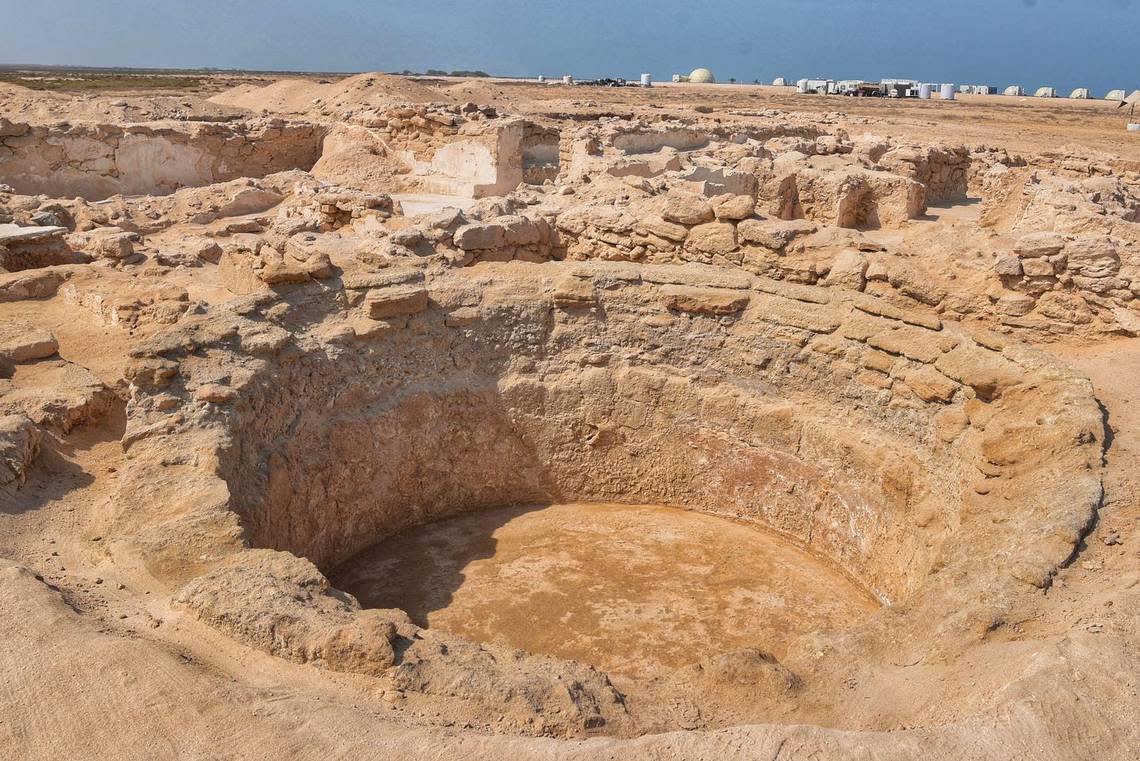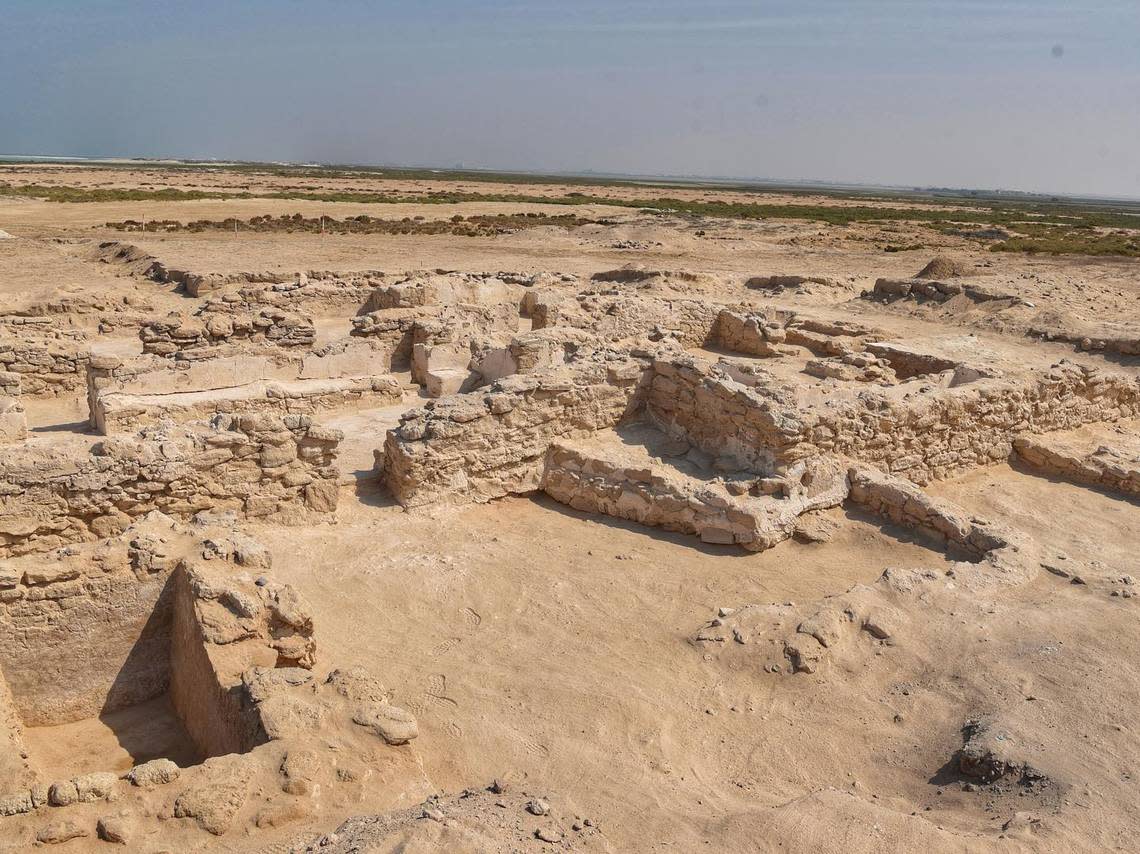Ancient Christian monastery unearthed from the sands of the UAE, archaeologists say
Buried underneath the sand, archaeologists in the United Arab Emirates made a discovery that reveals the country’s “hidden history.”
Al Siniyah Island sits just off the coast of the UAE mainland in the Persian Gulf, a beach-covered island with outcroppings of sand dunes. Archaeologists began excavating one of these sand dunes and found the ruins of a group of buildings, according to a Thursday, Nov. 3, news release from the Tourism and Archaeology Department in Umm Al Quwain.
The buildings belong to an ancient Christian monastery, researchers said. The monastery is only the second of its kind found in the country and sixth ancient monastery to be found in the Arabian Gulf.
The sand dunes revealed the ruins of multiple community buildings and a church, archaeologists said. Photos show what’s left of the complex. Isolated rooms of the monastery were likely used by ancient monks.

The floor plan of the ruins appeared to include a baptismal font, an altar with a spot for communion wine and an oven for baking bread used during communion, archaeologists told the Associated Press.
The structures were built from local beach rocks, researchers said. The walls and floors were covered in lime plaster to make them more water resistant.

The complex included a circular-shaped building, likely used as a cistern, the release said.

Archaeologists also found pottery, glass fragments and coal samples. Analyzing these, researchers found that the monastery dated from the late sixth century to the middle of the eighth century and had trade links from Iraq to India.

Researchers told the Associated Press that the monastery was founded between 534 and 656 A.D.
Many tribes in the Arabian Gulf were Christian before the founding of Islam in 610 and its rapid spread throughout the region in the following centuries, experts said. The discovery of the ancient monastery reveals more about the UAE’s rich history of diverse religious communities.
The community living at this monastery likely saw the birth and rise of Islam, archaeologists said.
Timothy Power, an associate professor of archaeology at the United Arab Emirates University, told the Associated Press that the monastery is “a really fascinating discovery because in some ways it’s hidden history — it’s not something that’s widely known.”
Archaeologists have just completed their first phase of excavations and will begin work on the next phase, the release said.
Al Siniyah Island is about 45 miles northeast of Dubai in the Emirate, or state, of Umm Al Quwain.
Google Translate and Instagram Translate were used to translate the press release from the Tourism and Archaeology Department in Umm Al Quwain.
Ruins of an ancient Roman watchtower — the first of its kind — unearthed in Morocco
‘Tupperware’ unearthed in Italy is 1,600 years old and reveals life in ancient Rome
Stone carvings — 2,700 years old — unveiled at archaeological site in Iraq, experts say
